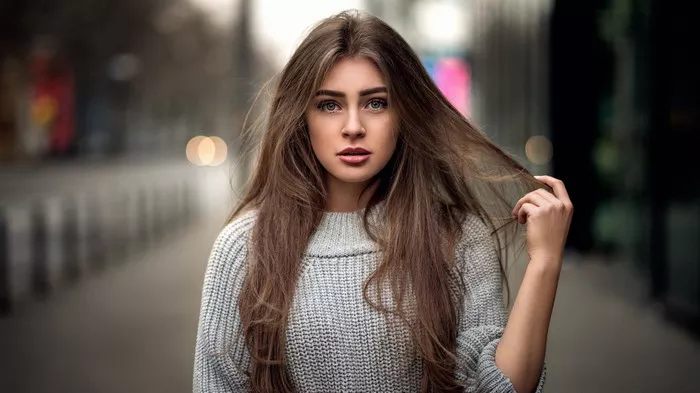The question of whether braids facilitate hair growth has long been a topic of debate and speculation. To provide clarity on this matter, it’s essential to acknowledge that the relationship between braids and hair growth is nuanced. While the act of braiding itself doesn’t directly stimulate hair follicles, the effects of braids on hair quality and overall growth warrant a closer examination.
Braids, with their rich cultural significance and practical benefits, offer a layer of protection to your hair. Wrapped securely within braids, your hair becomes shielded from potential environmental damage. Furthermore, braids can contribute to strengthening and refreshing your hair’s appearance. In this article, we unravel the myths and truths surrounding the practice of braiding, shedding light on how, why, and when it may impact your hair.
Can Braiding Damage Hair?
Yes, braiding can damage hair if done incorrectly or excessively. Several factors contribute to the potential for damage, including the tightness of the braids, the skill of the person doing the braiding, and the overall health of your hair. Overly tight braids can exert stress on both the hair shaft and the scalp, leading to hair breakage and, in severe cases, hair loss. Prolonged and frequent braiding without breaks can result in a condition known as traction alopecia, where constant tension on hair follicles weakens them and may even cause them to stop producing new hair.
Using harsh chemicals or applying excessive heat during the braiding process, such as hot combing or blow-drying, can weaken the hair shaft, making it more susceptible to damage. The weight of heavy or long extensions, sometimes used in braided styles, can pull on natural hair, leading to breakage, thinning, or even more severe consequences. For example, excessively tight spiral braids have been associated with scalp inflammation and potential damage, including ischemic necrosis due to impaired blood flow to the scalp.
However, it’s crucial to emphasize that not all braiding techniques and styles are inherently damaging. When done correctly and with care, braiding can serve as a protective hairstyle that helps maintain hair length and minimizes daily manipulation. To prevent damage, it is advisable to select an experienced braider, avoid excessively tight braids, take breaks between styles, and prioritize overall hair health through proper conditioning and moisturization.
Benefits of Braiding Your Hair
Braiding offers a range of advantages that can vary based on individual hair types, the longevity of the braids, hair quality, and the tightness of the braids. Here are some benefits associated with braiding hair:
1. Strengthens the Hair: Braids consolidate individual hair strands into a single, robust structural unit, providing increased strength compared to loose, individual strands.
2. Protects Hair Shaft: Loosely tied braids offer protection against breakage by reducing friction with fabrics, skin, and other elements. They also prevent tangling, reducing damage during brushing.
3. Adds Texture: Long-term braiding can alter the bonds between hair strands, resulting in texture changes, such as waves or loose curls. This reduces the need for heat-based styling techniques, minimizing damage while creating a new hairstyle.
4. Boosts Scalp Health: Braiding promotes higher blood flow to the scalp and can distribute the scalp’s natural oils throughout the hair, contributing to overall scalp health.
5. Locks in Moisture: Braids aid in moisture retention by reducing moisture loss through a smaller surface area. They also facilitate even distribution of natural scalp oils, essential for hair health, preventing dryness, brittleness, and potential hair loss.
6. Functional and Manageable Style: Braided hairstyles require minimal daily maintenance, making them convenient for individuals with busy lives. They can also help dissipate heat during hot weather, keeping the scalp cooler.
Does Braiding Help Hair Growth?
Hair growth depends primarily on factors such as genetics, lifestyle, and stress levels, with braiding having an indirect influence. While braiding itself doesn’t directly stimulate hair follicles, it can indirectly support healthy hair growth. The protective nature of braids shields hair from harsh environmental factors, reducing the risk of breakage and split ends that can hinder growth. Additionally, braids may enhance blood circulation in the scalp, providing better nutrient and oxygen delivery to hair follicles, indirectly promoting hair growth.
In summary, the relationship between braids and hair growth is complex. While braids may not have a direct growth-stimulating effect, they can contribute to healthier, longer hair by protecting it from damage and creating a conducive environment for growth. However, it’s essential to practice proper braiding techniques, avoid excessive tightness, and prioritize overall hair health to harness these benefits effectively. Consulting a professional for tailored advice based on your specific hair concerns is always a prudent step.


